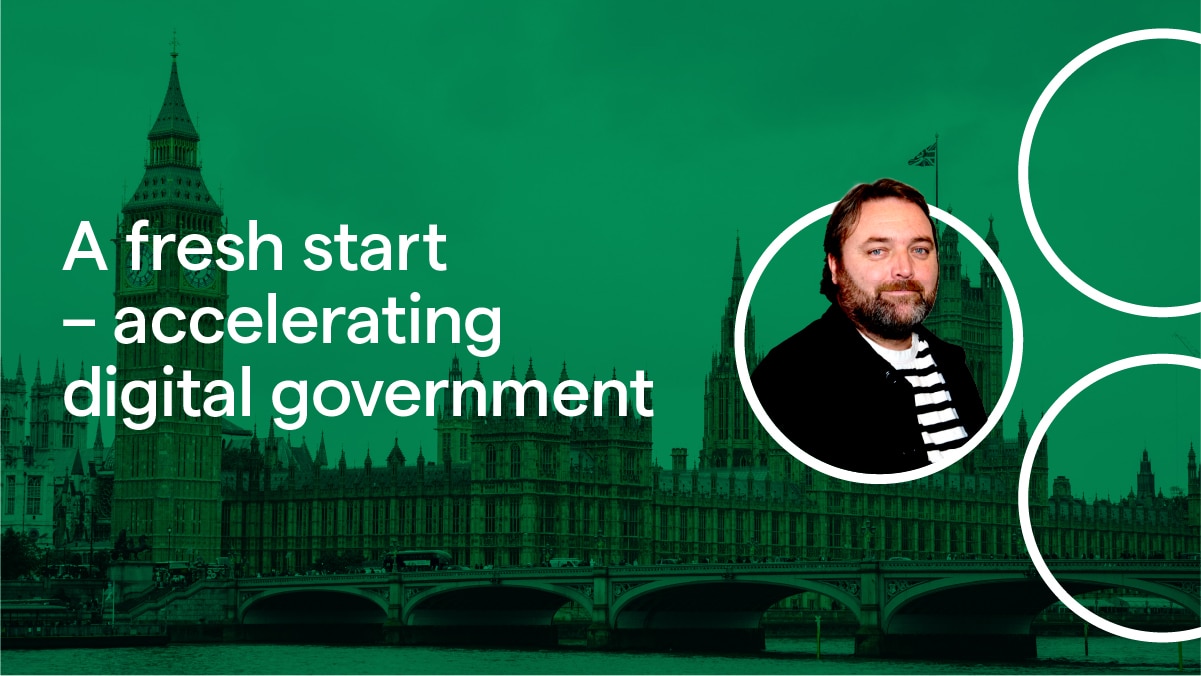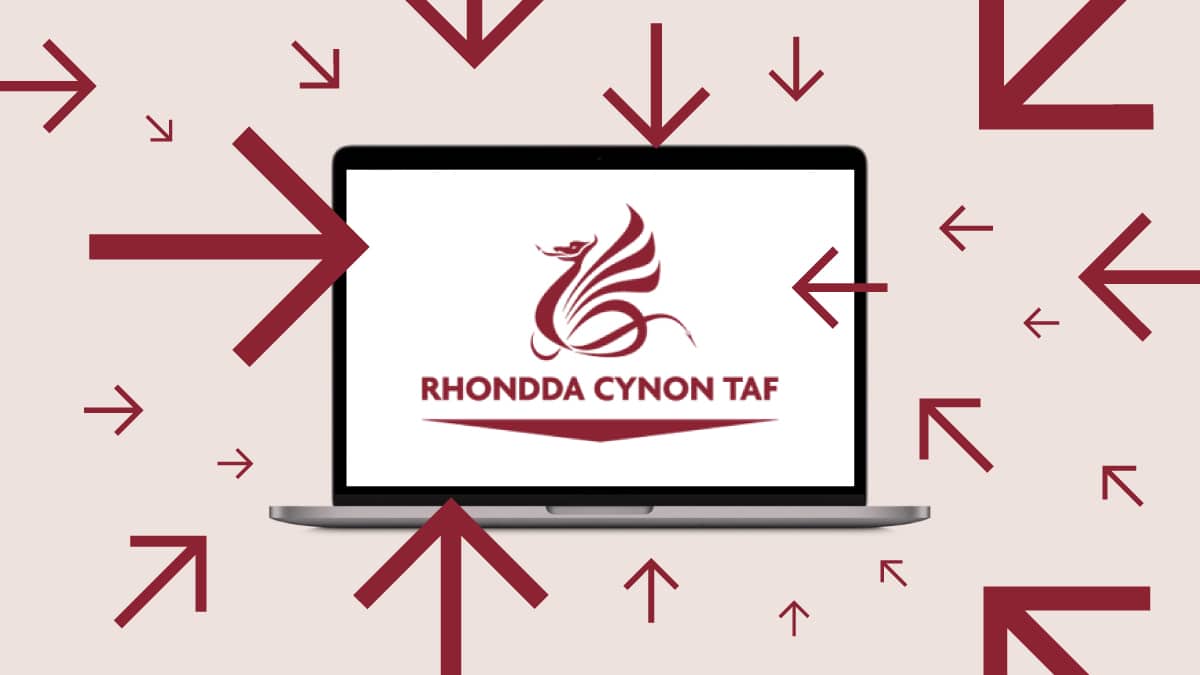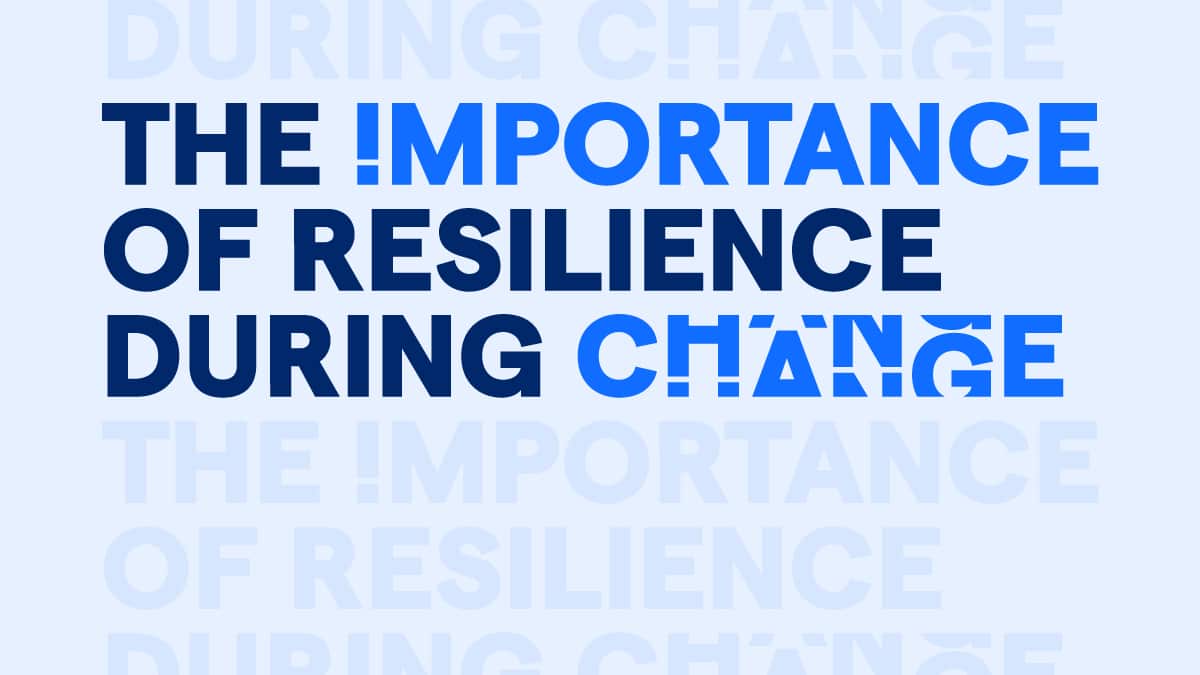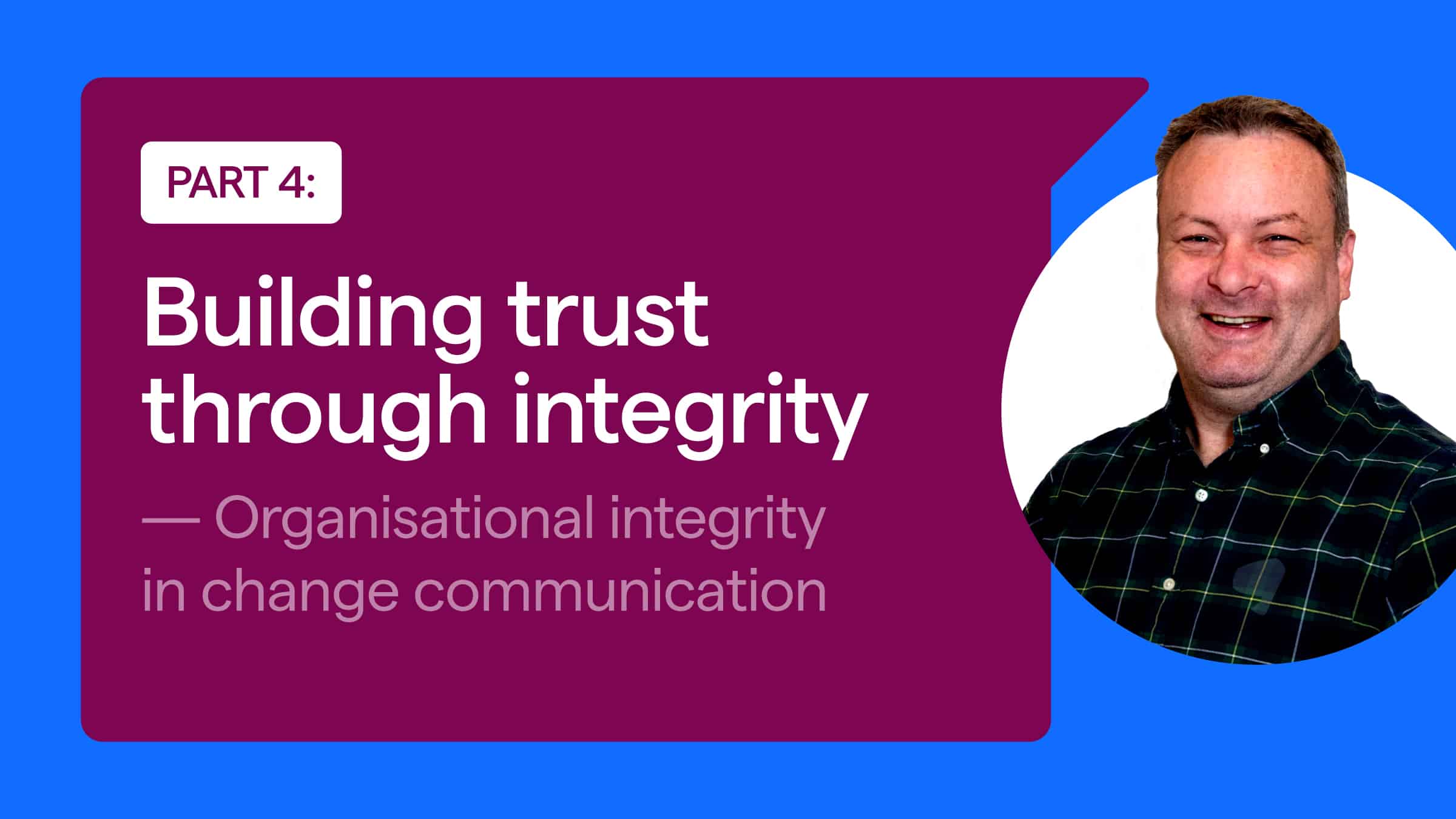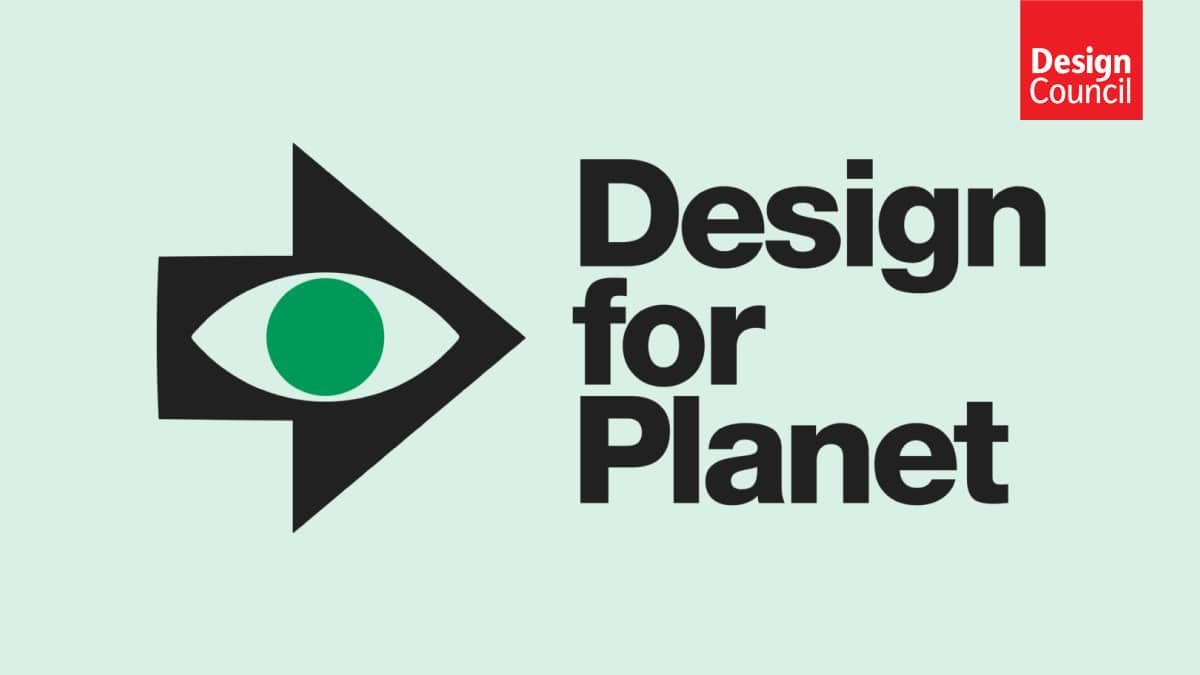Designing services to support Wales’ net zero ambitions
5 min read Written by: Cory Hughes
If technology was a country, it would be the sixth largest polluter. Of course, it’s not countries that create pollution, but the products, services, and infrastructure they use. But collectively, technology is responsible for 416 TWh of emission every year.
This is huge and something that we can’t ignore. Reliance on devices is up 75% since pre-pandemic, so we have a responsibility to reflect on how all these devices are powered and the impact this has on the environment.
We also know that the ‘conscious consumerism’ market is now worth £41 billion – people are looking for carbon neutral goods, products or services. We as individuals have a choice of who we want to support and where we buy these things and it looks like we’re starting to make those choices.
Individuals v organisations
But, if we are individually conscious of how commercial products, services and experiences impact the environment, are we also organisationally conscious of how digital public services, products and experiences impact the environment?
Do we bring the same level of scrutiny to our work? Probably not is the answer for most organisations.
What can organisations do?
Last week the Centre for Digital Public Services (CDPS) shared a blog post with 10 top tips with the steps organisations could start taking to reduce their carbon footprint.
As well as practical tips we could all take now within our current teams and organisations, it also included suggestions of ‘next’ steps that organisations could take along with their wider partner network such as reducing the number of steps in the user journey online and lightening the data load on websites.
Sustainable design should be considered as part of the ‘next’ category, using accessibility principles to deliver efficiency to users. If services are easy to understand, easy to use and presented in the clearest format, they’ll be more efficient in every sense.
Another important element that should be on an organisation’s ‘next’ list is their current hosting service – ask your supplier about their renewable energy plans and explore whether your provider is running on the most efficient tech-stack. If these plans aren’t already in their service roadmap, you could consider switching to a green host over time.
Strategic planning
Of course not everything can fall in the ‘now’ and the ‘next’. We also need to look at more strategic steps around partnerships, skills and capabilities as part of our longer-term plans. We can start with three key elements :
- Align strategic requirements with sustainability considerations – create contracts that put sustainability at the top of the agenda, especially when those commissions require long term partnerships.
- Build internal systems thinking skills that allow you to consider the consequences of your choices around designing digital services from a big picture perspective – the four future roles suggested by the Design Council in Beyond Net Zero are System Thinker; Leader / Storyteller ; Designer /Maker ; Connector / Convenor.
- Co-create solutions for developing net zero digital services, working with partners to scale and share solutions that are good for users and the planet.
And that last bullet point is something that we’ve been working on as part of the Tech Net Zero discovery with CDPS by collaborating and bringing together a team of experts in different fields – us in Perago from the service design and user research perspective and M-Sparc with their in-depth knowledge of sustainability and net zero.
Together, we’ve created a team that will offer CDPS firm recommendations on how they can help public services in Wales reach Net Zero by 2050 through digital and the technology choices they make.
We all need to start thinking about how we could design digital public services to be more environmentally conscious and support Wales’s net zero ambitions. Even if we just start with the ‘now’ and challenge our organisations to do the same, we create the environment that will lead us to the ‘next’ and the ‘later’ strategic steps. And this starts with us. As a company we’re challenging ourselves to reach Tech Net Zero as we support others to do the same.
